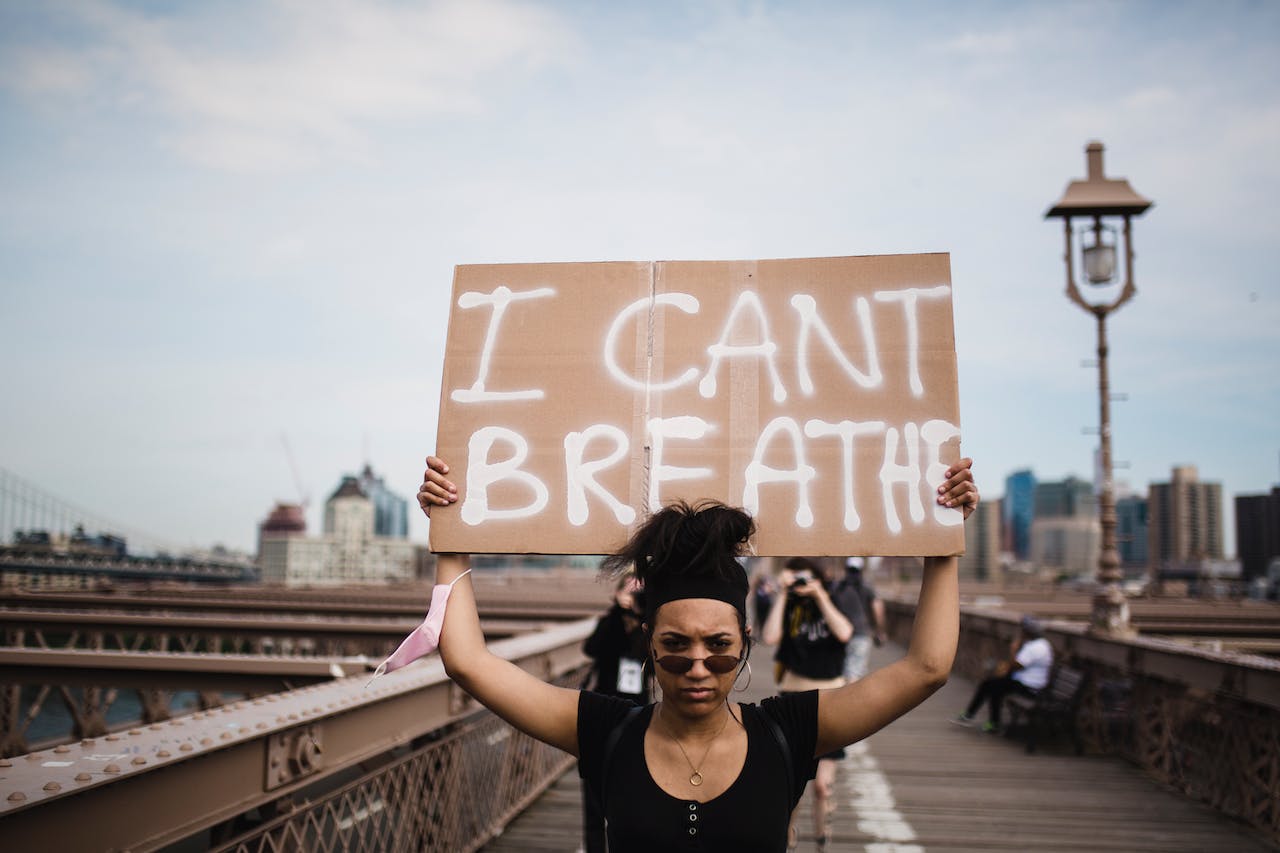
November 26, 2023
Inside The Climate Crisis’ Effect On Predominantly Black Neighborhoods In Chicago
Payne told the story of her South Side Chicago neighborhood being overtaken by air pollution and industrial companies.
Thirty-five-year Chicago resident Deborah Payne recently sat down with In These Times to talk about the effects of climate change and pollution on Black neighborhoods.
Payne recalled her neighborhood on the city’s South Side that the climate crisis has completely wiped out. She remembered places where homes used to be located are now lots of debris and concrete. She described the air as smelling like “rotten eggs baking in the summer sun [from] the toxic metals that cake soil and pack into families’ walls.” She explained that respiratory illnesses were so common from the pollution that it forced many Black families to leave their longtime homes.
According to statistics, the problem is extremely prominent in the Midwest. Only 10% of residents in the area are Black, but Black people make up 30% of the region’s “disadvantaged” by climate change and the environmental injustices in the US. According to the White House’s climate and economic justice data tool, the vulnerable population is 33% more likely to get diagnosed with lung cancer than Black people outside of the Midwest — and that has a direct causation linkage with high air pollution exposure.
A low quantity of jobs exasperates the issues in health and housing accessibility. It has caused the gap in housing ownership between white and Black households to widen tremendously, as African American Midwesterners are leaving their neighborhoods for non-toxic air pollution and more affordable places to live.
Asiaha Butler, a housing activist in Payne’s old community, said, “When we leave, not only to the suburbs but to Texas, to Atlanta — I know because my family did it — it is because we see that Chicago and these other cities are not here to uphold Black life.”
Many of these issues have been caused by diesel pollution, growing from the expansion of railroads and yards that also buy out acres of land to build more factories. In the case of Payne’s neighborhood, over 200 families were displaced by the buyouts despite residents pushing back to try and keep their properties.
Now, Payne’s neighborhood exposes the few remaining residents to more nitrogen dioxide byproducts than nearly anywhere else in the nation. She said, “That’s my story. … It happened to me, happened to my neighborhood, but it’s happening all over.”
RELATED CONTENT: Can You Believe That Environmental Racism Impacts Aging In Black Folks?